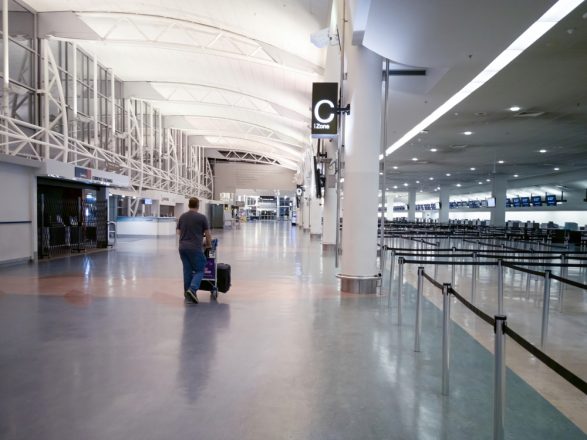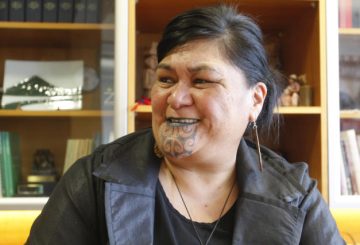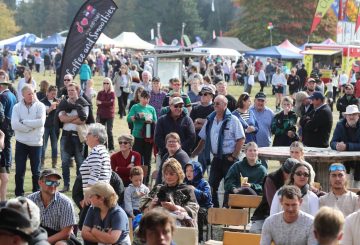クリス・ヒプキンス(Chris Hipkins)新型コロナウイルス対策担当相とダミエン・オコーナー(Damien O’Connor)農業相は、サモア、トンガ、バヌアツとの片道隔離なし渡航の第一段階として、まずこれらの国のRSE(=Recognised Seasonal Employer, 認定季節雇用者)労働者を対象に、10月から開始することを発表しました。
ダミエン・オコーナー農業相は、「来たるべき収穫シーズンに向けて、RSE労働者の検疫なしの安全な渡航を進めていることを、園芸業界に確信してもらいたい」と述べています。
「太平洋地域との検疫なしの渡航を可能にするためには、慎重な対応が必要です。サモア、トンガ、バヌアツではCOVID-19の感染者は出ていませんが、デルタ株が侵入した場合、どれだけ早く広がるかを身をもって知っています」とクリス・ヒプキンス氏が語りました。
「リスクを最小限に抑えるために、これらの労働者に対して追加の健康対策を実施しています。これにより労働者には、出発前に少なくとも1回のワクチン接種を受け、到着時に一定期間の自主隔離を行い、0日目と5日目のCOVID-19検査が陰性であることを要求しています。
「今回、RSE労働者のみを対象としたのにはいくつかの理由があります。RSE労働者は集団でニュージーランドに入国し、雇用者が手配した宿泊施設に滞在します。これにより、到着後すぐに事前に準備された場所で自主隔離をすることができ、COVID-19による追加リスクを軽減することができます。」
ダミエン・オコーナー農業相は、RSE制度は、ニュージーランド、太平洋地域のパートナー国、労働者、その家族やコミュニティにもたらす重要な利益を反映していると述べています。
通常、年間14,400人のRSE労働者がニュージーランドを訪れており、コロナ前の収穫ピーク時には約10,500人がニュージーランドに滞在していました。
「これらの労働者の到着に向けて、ニュージーランドの園芸・ブドウ栽培部門とパートナー国の両方で相当な計画が進められてきましたが、ニュージーランドの警戒レベルが4に設定されていたため、8月と9月に一部の入国便が延期されました。」
「この隔離なしの片道渡航の第一段階を、注意深く見守っていきたいと思います。安全が確認された時点で、これらの国およびトケラウからニュージーランドへの隔離なし入国資格を拡大する意向に変わりはありません。それまでは、これらの国からニュージーランドに入国する他の人々は、既存のMIQ(管理隔離施設制度)の要件を満たす必要があります。
「サモア、トンガ、バヌアツの3カ国が、両国の再接続に向けた重要な一歩を踏み出すにあたり、我々と緊密に協力してくれたことに感謝します。」
「また、今回の発表に向けて建設的に協力してくださった園芸・ブドウ栽培分野のリーダーの方々にも感謝しています」とダミエン・オコーナー農業相は述べました。
ニュージーランド政府関係者は、パートナーである太平洋諸国や業界と協力して、最終的な対策を検討しており、10月の正確なフライト日程は今後決定される予定です。
(ニュージーランド政府プレスリリースより)






























































